I have this CB amplifier circuit below
This is the small signal equivalent circuit arranged to find the output resistance R_out with the r_o included
Here is my analysis below to find the output resistance R_out
\begin{equation} v_x\:=\:r_o\left(i_x-g_mv_{\pi }\right)+R_e\left(i_x+\frac{v_{\pi }}{r_{\pi }}\right) \end{equation} \begin{equation} v_x\:=\:i_x\left(r_o+R_e\right)+\left(\frac{R_e}{r_{\pi }}-g_mr_o\right)v_{\pi } \end{equation} \begin{equation} v_{\pi }+R_e\left(i_x+\frac{v_{\pi }}{r_{\pi }}\right)\:=\:0 \end{equation} \begin{equation} therefore\:\:v_{\pi }\:=\:-\frac{r_{\pi }}{r_{\pi }+1}R_ei_x \end{equation} after some rearragements \begin{equation} \frac{v_x}{i_x}\:=\:R_{out}\:=\:r_o+R_e+\left(g_mr_o-\frac{R_e}{r_{\pi }}\right)\left(\frac{r_{\pi }R_e}{r_{\pi }+1}\right) \end{equation} I tried to manipulate my results but it does not come out to the same formula in the book which is below: \begin{equation} \frac{v_x}{i_x}\:=\:R_{out}\:=\:r_o+R_e\backslash \backslash r_{\pi }+\left(R_e\backslash \:\backslash \:r_{\pi \:}\right)g_mr_o \end{equation}
can somebody please tell what am doing wrong?? thanks in advance for all the help.

